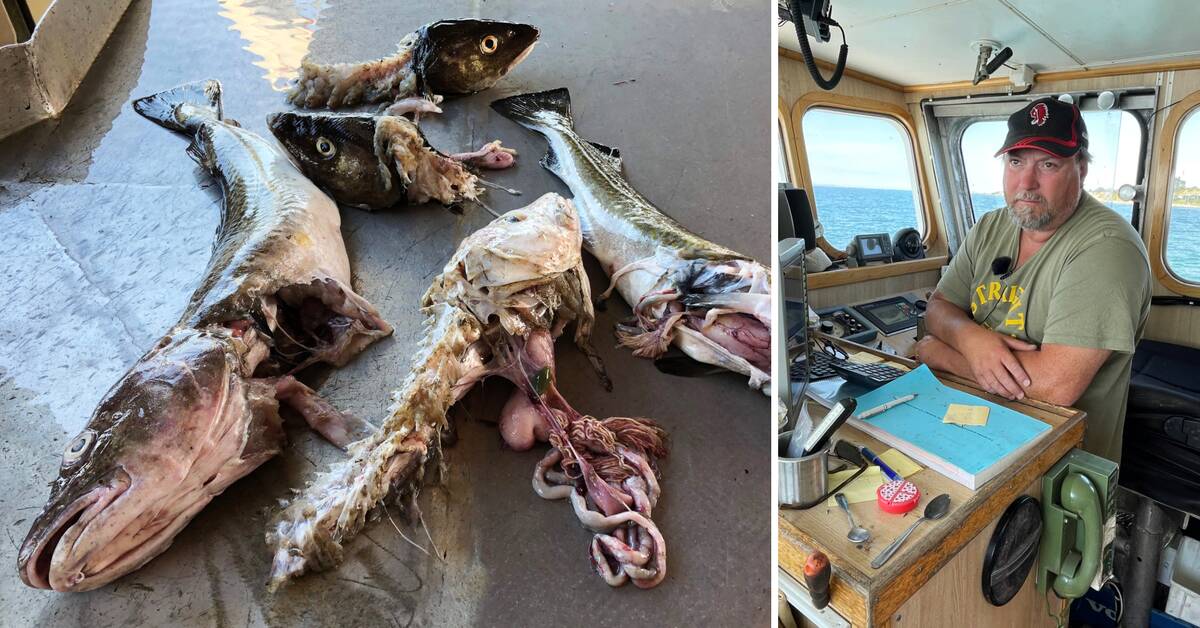There are not many coastal fishermen left in Sweden.
But a few remain along the west coast of Scania at and just north of the strait.
Cod fishing has been banned here for almost a year now, and herring catch quotas have dropped considerably.
Destroy the gear
Another blow to these small business owners is now the dramatically increasing number of seals that both eat the catch and destroy the fishermen's gear.
- It has become a huge problem in the last five years.
They spoil quite a lot of fish for us.
There are only heads left in our nets, says fisherman Per Isaksson, who comes from Ålabodarna north of Landskrona.
Seals are as smart as dogs, they quickly learn where the fishermen put their nets.
- In the spring, when we fish roe, the seal has learned to open the females like an orange, only slimes remain.
Last spring, each fish was worth about five hundred kroner.
So that's a lot of money we're losing just for a seal to have dinner.
Cod collapse drives gray seals to the strait
The seal population has been heavily exploited over the years, among other things due to viral diseases and environmental toxins.
Now it recovers quickly.
In addition, gray seals have started to arrive in Öresund from the Baltic Sea.
- The harbor seal population is around 20,000 animals in the North Sea and increasing.
When it comes to gray seals, we see a dramatic increase of about twenty percent per year over a long period, says Johan Wagnström, director of fisheries at the county board in Skåne.
It is the collapse of cod stocks in the Baltic Sea that drives hungry gray seals to new hunting grounds but also to other threatened species and fishermen's gear.
- When the cod declines, they turn to other species such as perch, pike, eel and whitefish.
The seal may even be a greater threat than commercial fishing in its parts.
It can be enough for a seal to enter a playground for pike and we will have a very strong impact, notes Johan Wagnström.

